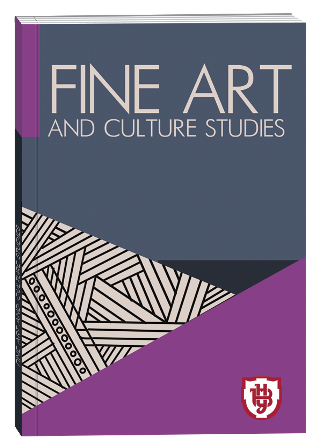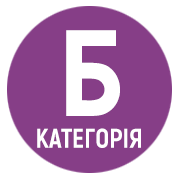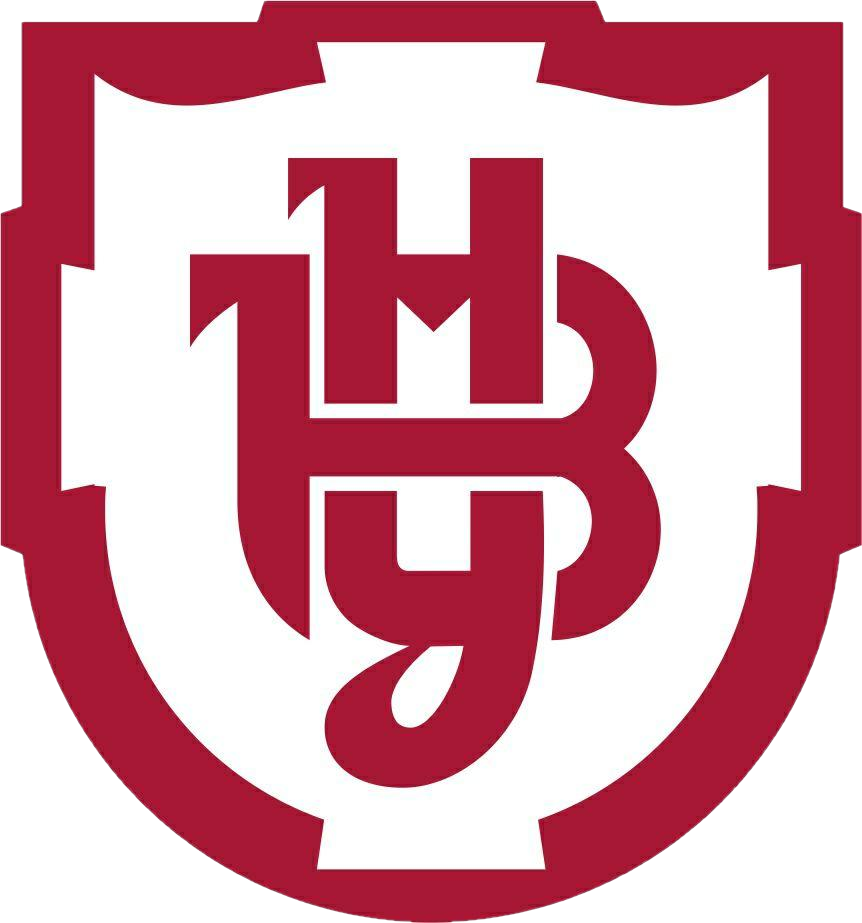TRANSFORMATION OF THEATRICAL PRACTICES IN THE CONTEXT OF 21ST CENTURY CULTURE SUMMARY
DOI:
https://doi.org/10.32782/facs-2025-1-48Keywords:
trickster, homo viator, body-without-organs, emergence, yet-another-spectator, postmodernism, liminality, anthropologyAbstract
Despite postmodernism having introduced a multitude of ironic techniques and deconstructions into the theatrical sphere, its extreme reliance on citations often gives rise to a sense of “exhausted” forms. The contemporary spectator, accustomed to rapid updates of content, expects deeper engagement and new horizons of meaning from the theater. The challenge lies in overcoming this postmodern barrier without destroying the familiar “cultural fabric” but rather interpreting its codes in a more harmonious way. The purpose of the article. The article aims to show how defining culture as a network of “artificial instincts” (Y. N. Harari) constructs a framework for analyzing contemporary theatrical practices in a cultural approach, as well as to explore postmodernist heritage as a factor that complicates the development of theater and find ways to overcome it. The research methodology. In our research, we adopt a cultural studies approach, examining the theatrical process through the lens of culture understood as a “network of artificially formed instincts” (Y. N. Harari). On this basis, we employed an interdisciplinary method that enabled us to integrate the analysis of performative practices, the “two cultures” concept (C. P. Snow), and the diffusion of innovations model (E. Rogers). In addition, general scientific methods of analysis and comparison were applied, ensuring a comprehensive understanding of new theatrical forms. Scientific novelty. The article proposes a cultural interpretation of modern stage experiments, wherein “artificial instincts” serve as a methodological basis for communication between the Author and the Spectator. “Two cultures” (C. P. Snow) are regarded as a model of the split between “classical” and “innovative” theaters; gradual introduction of radical forms via Rogers’ innovation diffusion can mitigate audience rejection. The conclusions. Confronted by postmodern “exhaustion,” modern theater seeks new performative and technological solutions that consider a cultural network of “artificial instincts.” Balancing classical narrative elements with digital interactivity may preserve cultural continuity while opening space for bold experiment, potentially bridging the “two cultures” divide and transcending postmodern crisis.
References
Арто А. Театр і його двійник / пер. з франц. Р. Осадчука. Буча, 2021. 280 с.
Баласанян Н. І. Театр як антропологічна модель «дзеркала життя» та виховна стратегія гри у філософії Ф. Шиллера. Вісник Харківського національного університету імені В. Н. Каразіна. Серія «Теорія культури і філософія науки». 2020. № 62. С. 26–35. DOI. 10.26565/2306-6687-2020-62-04
Ніколаєва Г. О. Культурна антропологія та методика усної історії у контексті сучасного театрознавства (на прикладі артикуляції одеського міського міфу…). Вісник Національної академії керівних кадрів культури і мистецтв. 2017. № 2. С. 164–167.
Роджерс Е. М. Дифузія інновацій / пер з англ. В. Старка. Київ, 2009. 592 с.
Фруктова Т. С. Антропологічний поворот ігрової концепції театру Єжи Ґротовського: естетика нової чуттєвості Наукові записки НаУКМА. Теорія та історія культури. 2009. № 88. С. 9–14.
Харарі Ю. Н. Sapiens: Людина розумна. Коротка історія людства / пер. з англ. О. Дем’янчука. Київ, 2024. 544 с. ISBN 978-617-548-268-1
Deleuze G., & Guattari F. A Thousand Plateaus: Capitalism and Schizophrenia. Minneapolis, 1987. 632 p.
Flynn A., & Tinius J. (Eds.). Anthropology, theatre, and development: The transformative potential of performance. London, 2015. 368 p.
Giordano C., & Pierotti G. Getting caught: A collaboration on- and offstage between theatre and anthropology TDR/The Drama Review. 2020. Vol. 64, No. 1. P. 88–106. DOI. 10.1162/dram_a_00897
Lehmann H.-T. Postdramatisches Theater. Frankfurt am Main : Verlag der Autoren, 2005. 512 s.
Marcel G. Homo Viator: Introduction to a Metaphysic of Hope. New York, 1962. 270 p.
Schechner R. Between Theater and Anthropology. Philadelphia, 1985. 360 p.
Schechner R. Points of contact between anthropology and theatre, again In: Frese P. R., Brownell S. (Eds.). Experiential and Performative Anthropology in the Classroom: Engaging the Legacy of Edith and Victor Turner. Cham, 2020. pp. 21–37.
Snow C. P. The Two Cultures and the Scientific Revolution. Cambridge, 1959. 66 p.
Turner V. The Ritual Process: Structure and Anti-Structure. Chicago, 1969. 213 p.
Vermeulen T., & van den Akker R. Notes on Metamodernism Journal of Aesthetics & Culture. 2010. Vol. 2, No. 1. pp. 1–14. DOI. 10.3402/jac.v2i0.5677
Wójcik M. (Ed.). To, co w nas ciemne, ulega prześwietleniu. Pierwsze piętnaście lat Teatru Chorea. Łódź : Stowarzyszenie Teatralne «Chorea»; Officyna, 2019. 224 s.







